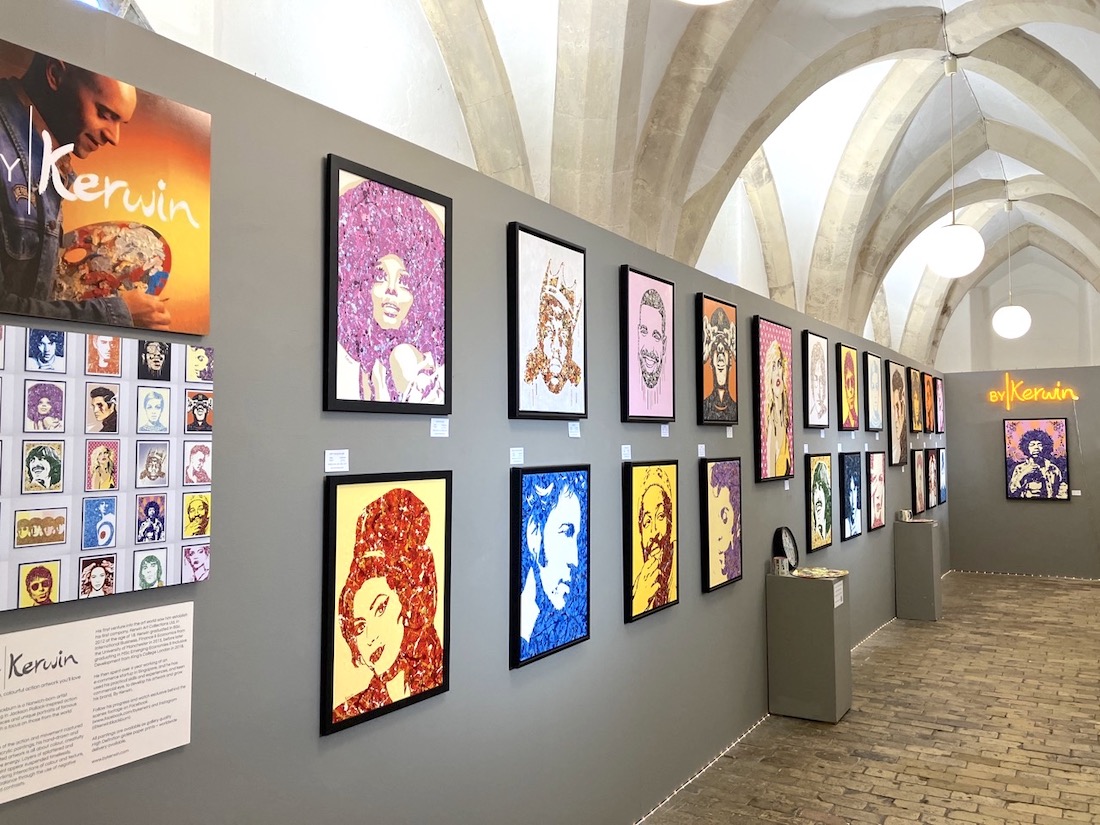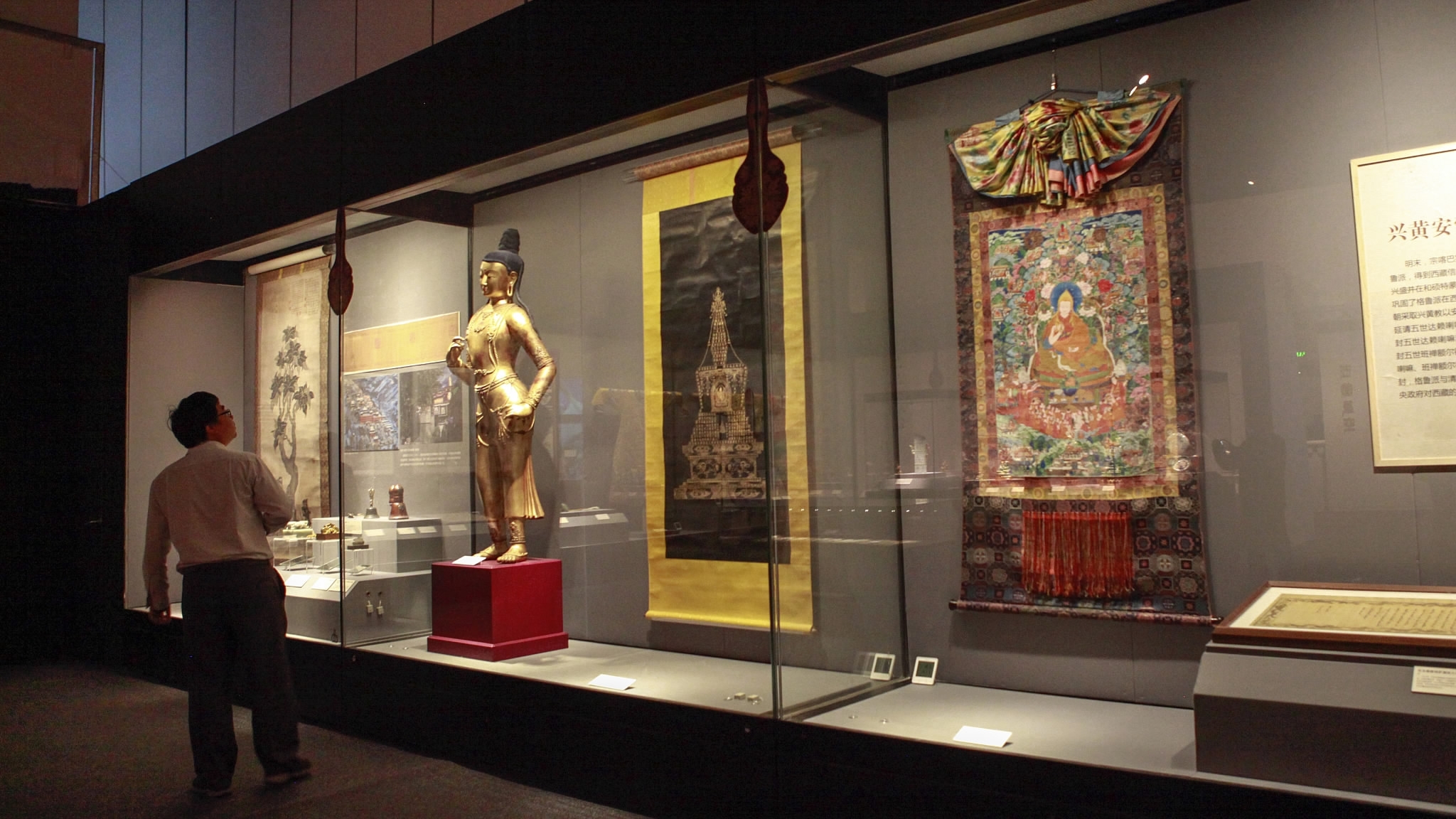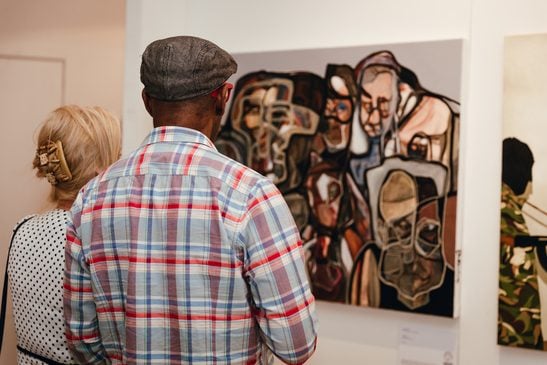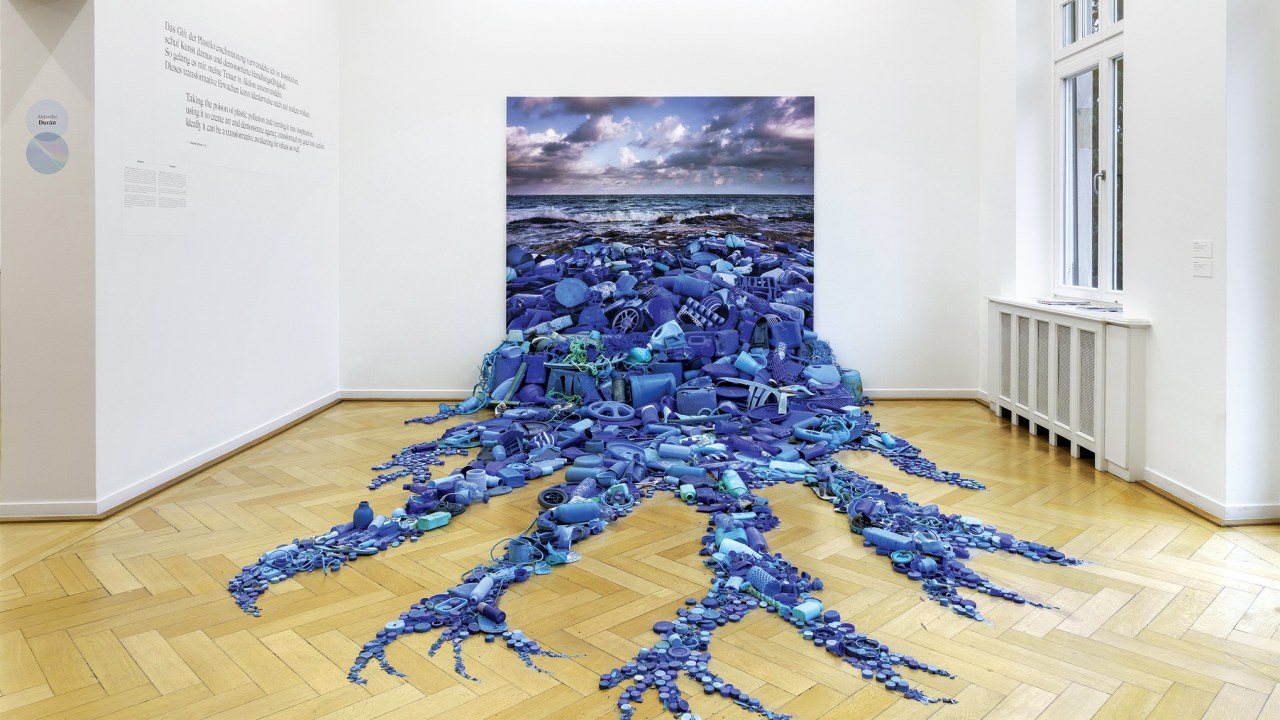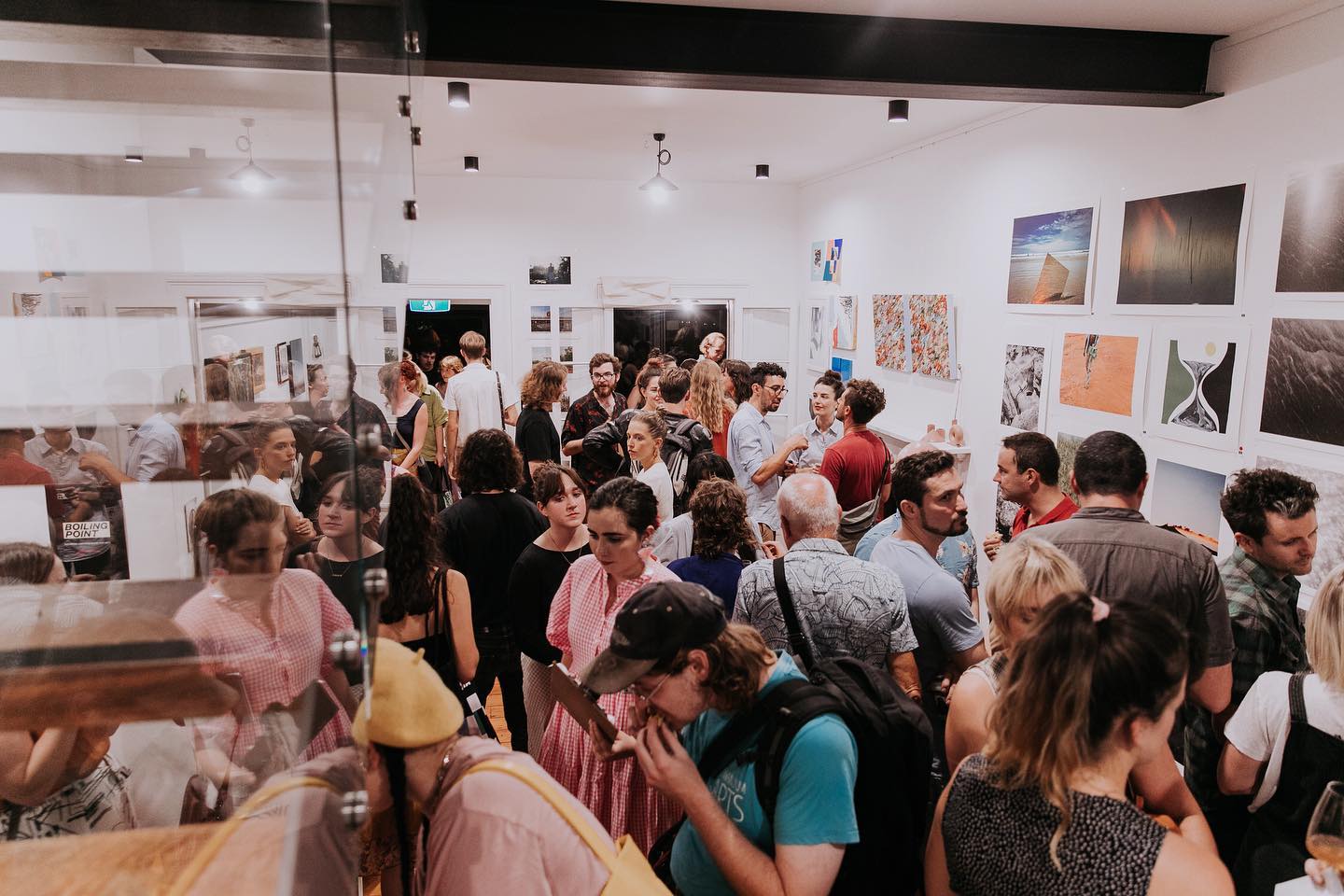Curating an art exhibition is a complex jigsaw puzzle with stages ranging from the initial idea through to the hanging in a gallery. This journey requires collective work, creativity and careful thinking to deliver a good, powerful presentation. Here is a behind-the-scenes look at how an exhibition comes into being, from the artist’s canvas to its gallery presentation.
Conceptualization
The journey starts with an idea. This can be from one artist, a curator, or a collective. It is generally centered around an inspired idea or theme. It can also be intuitive to the historical background, social concerns or the trend. It is also at this stage where you are going to be considering the who and the how; the audience of the project and the impact that you want to make.
Selection of Artworks
After the idea is determined, then we get to the artwork bit. It’s a process that looks at work that fits the theme without sticking out of place, and is cohesive in a way that makes for a good narrative in the exhibition. This section can be a single artist or cooperative of artists, getting a variety of styles and mediums. “They think about things like how is one piece relevant to the one prior to it, and how is it going to captivate the audience.”
Securing a Venue
The right location is important. It takes into account considerations such as location, magnitude, and accessibility. The interior should be used to celebrate the art and heightens the overall experience. Not all galleries are alike, and they will all have their own particular standards and conditions about the storing of art, which must be negotiated and agreed upon.
Curation
Edited Curating is in some ways an art itself. It means organizing the works so that they relate a story or guide viewers through an experience. Curators plan the display meticulously, taking into account the lines of sight, the lighting and the physical and conceptual relationships between the objects. This phase may also include producing labels and wall texts, and other interpretative materials to support and interpret the exhibition for the public.
Funding and Sponsorship
When a show comes in for a landing, costs are usually incurred in advertising, shipping, display, and opening festivities. Funding may be provided through grants or sponsorships, or through partnerships with arts organizations. Developing connections with sponsors and finding funds is an essential way to make the exhibition possible.
Promotion and Marketing
A successful marketing approach is necessary to bring in visitors. This involves generating collateral like posters, brochures, news releases. Publicizing on social media, through email campaigns and by partnering with media gets word out to a wider audience. Compelling narrative and a good-looking design are going to generate both curiosity and interest.
Installation
It is during the installation stage that the logistical features have to be put into practical use. Art needs to be safely carted and installed according to the curator’s vision. It is a technical procedure, as pieces can have different installation needs. The installation must consider safety, conservation, and the visitor’s experience, in addition to making sure the art looks its best.
Opening and Public Programs
The inauguration is a crucial event. It provides a chance to feel excited about the work and to interact with the community. Special programming such as artist talks, panels and live performances may also take place to provide an immersive experience. Public programs, including workshops, guided tours, and educational programs, can also provide a way to engage audiences further and enhance their understanding of the subject of the exhibition.
Audience Engagement
Engaging public during the exhibition is crucial during the entire exhibition period. It can be facilitated with interactive elements, feedback opportunities and social media engagement. Taking visitor feedback on board can inform the next exhibition, helping the ideas in the show to evolve, and actively engage the art and its audience in conversation.
Conclusion and Dismantling
Upon the termination of the exhibition, it is necessary to move, dismantle, or return works of art to the lenders for their next destination. Looking back at what works and what didn’t in the exhibition could be a good source of learning for what you can do better next time. Attendance records, visitor engagement and critical reception provide data with which to measure the exhibition’s effect and legacy.
Legacy and Impact
When shows are good they resonate deeply within both art communities and the wider public. It can spark discussion, foster inspiration, galvanize artists and contribute to culture.” By photographing, filming, and publishing the exhibition, its memory and impact lives on outside the gallery space.
There you have a guided walk down the path from canvas to gallery. From conception, installation and deinstallation, every step of the way plays a part in the final presentation of the exhibition and caters as a lesson and inspiration to anyone who is part of the exhibition Forbidden Fruit. Art exhibitions that have been well curated, that an individual has engaged with, can sometimes be a life changing experience; they continue to reside within both a visitor and cards and images from an exhibition live on long after an exhibition is over.
